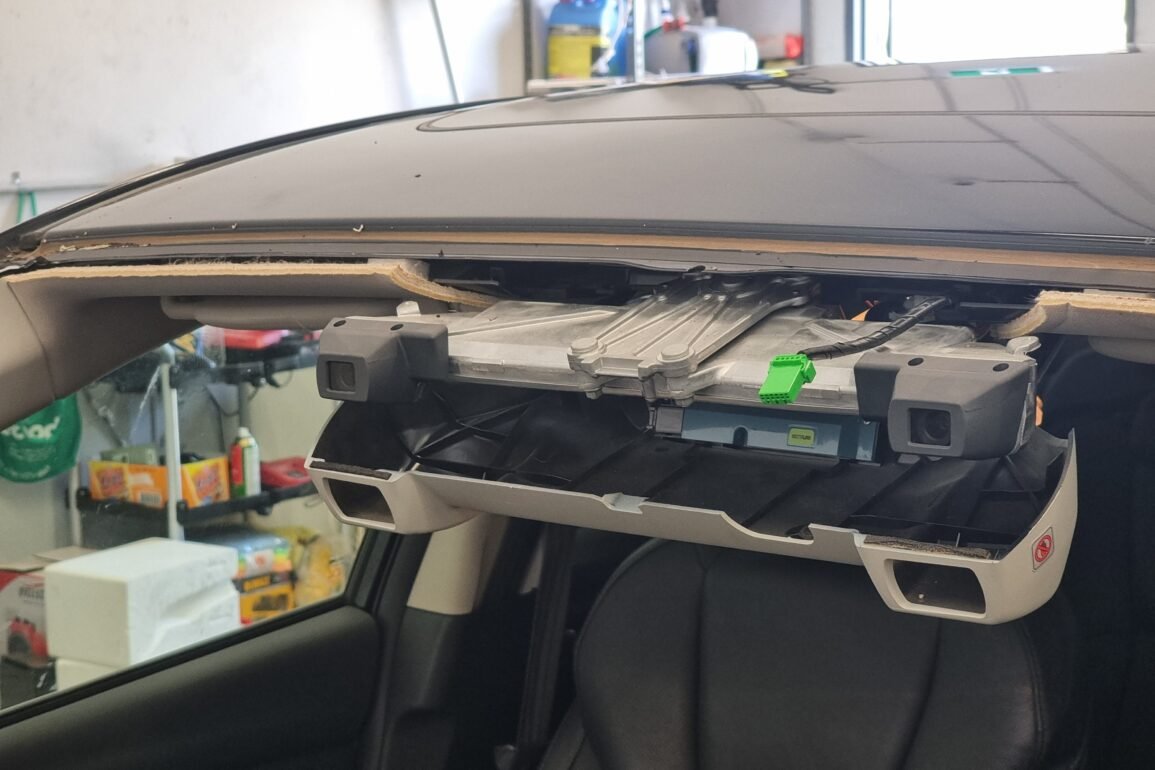Introduction
Advanced Driver Assistance Systems (ADAS) have revolutionized the automotive autoglass industry by enhancing safety and improving driving experiences. One of the key components of ADAS systems is the forward-facing camera, which plays a crucial role in providing real-time information to the driver and enabling various advanced features.
What is a Forward-Facing Camera?
A forward-facing camera, also known as a front-view camera or a mono camera, is a device that captures and processes visual information of the road ahead. It is typically mounted on the front windscreen or the rear-view mirror of a vehicle.
The Benefits of Forward-Facing Cameras
1. Collision Warning: Forward-facing cameras can detect potential collisions with objects, pedestrians, or other vehicles. They provide visual and audible alerts to the driver, giving them enough time to react and avoid accidents.
2. Lane Departure Warning: By tracking the lane markings on the road, forward-facing cameras can alert the driver if the vehicle unintentionally drifts out of its lane. This helps prevent accidents caused by drowsiness or distraction.
3. Traffic Sign Recognition: Forward-facing cameras can recognize and interpret traffic signs, including speed limits, stop signs, and no-entry signs. They can display the relevant information on the vehicle’s dashboard or heads-up display, keeping the driver informed and aware of the current road conditions.
4. Adaptive Cruise Control: Forward-facing cameras work in conjunction with radar sensors to enable adaptive cruise control. They monitor the distance between the vehicle and the one in front, automatically adjusting the speed to maintain a safe following distance.
The Future of Forward-Facing Cameras
As technology continues to advance, forward-facing cameras are expected to become even more powerful and versatile. Some of the future possibilities include:
1. Object Recognition: Forward-facing cameras could be equipped with advanced algorithms that can identify specific objects on the road, such as pedestrians, cyclists, or animals. This would further enhance collision prevention systems.
2. Facial Recognition: By incorporating facial recognition technology, forward-facing cameras could detect driver fatigue or distraction and issue warnings accordingly. This would contribute to overall road safety.
3. Augmented Reality: With the integration of augmented reality, forward-facing cameras could provide real-time information about the surrounding environment, including navigation instructions, points of interest, and potential hazards.
Conclusion
Forward-facing cameras are a vital component of ADAS systems, offering a wide range of benefits that enhance driver safety and convenience. As technology continues to evolve, these cameras will play an even more significant role in preventing accidents and improving the overall driving experience.



